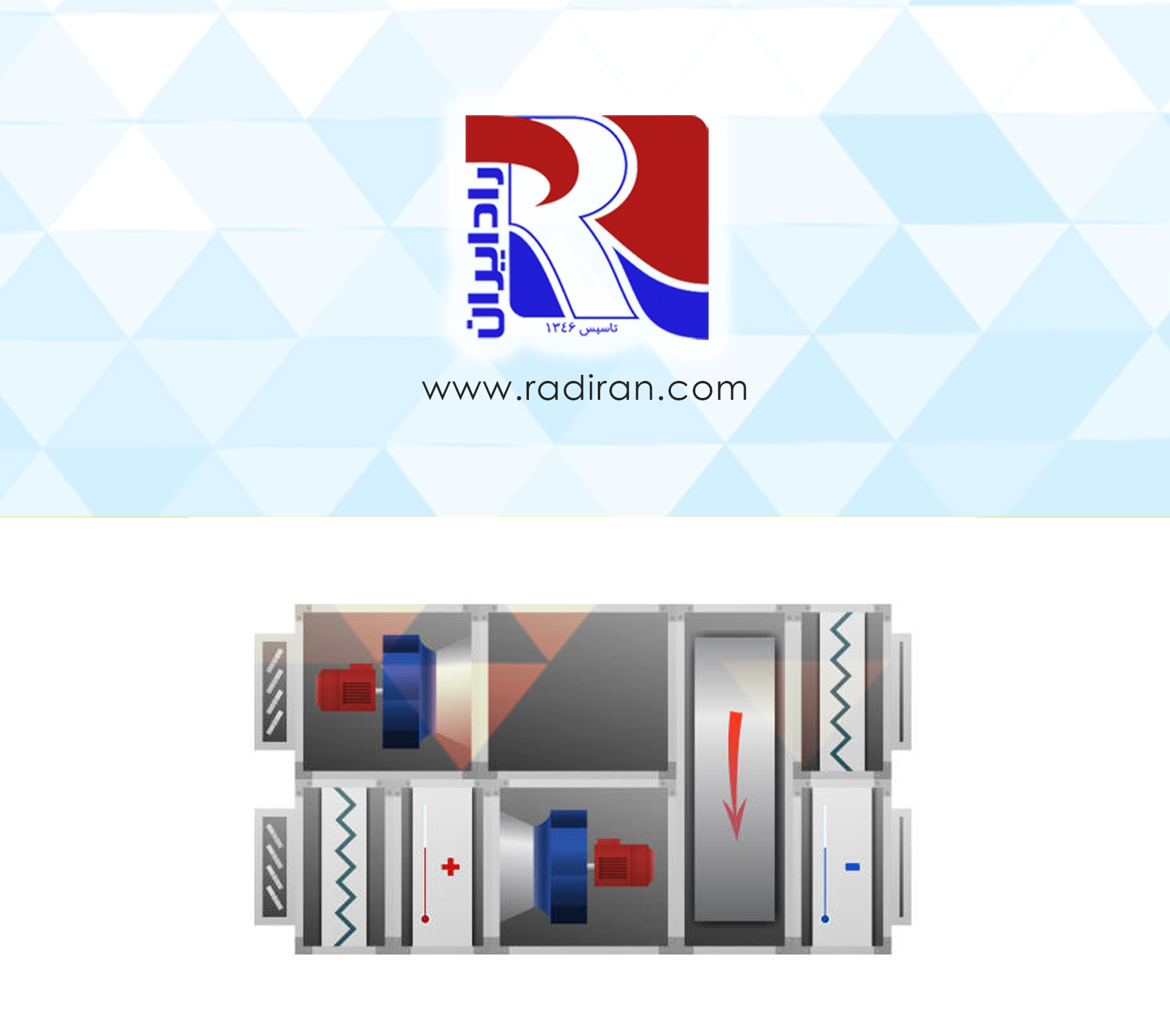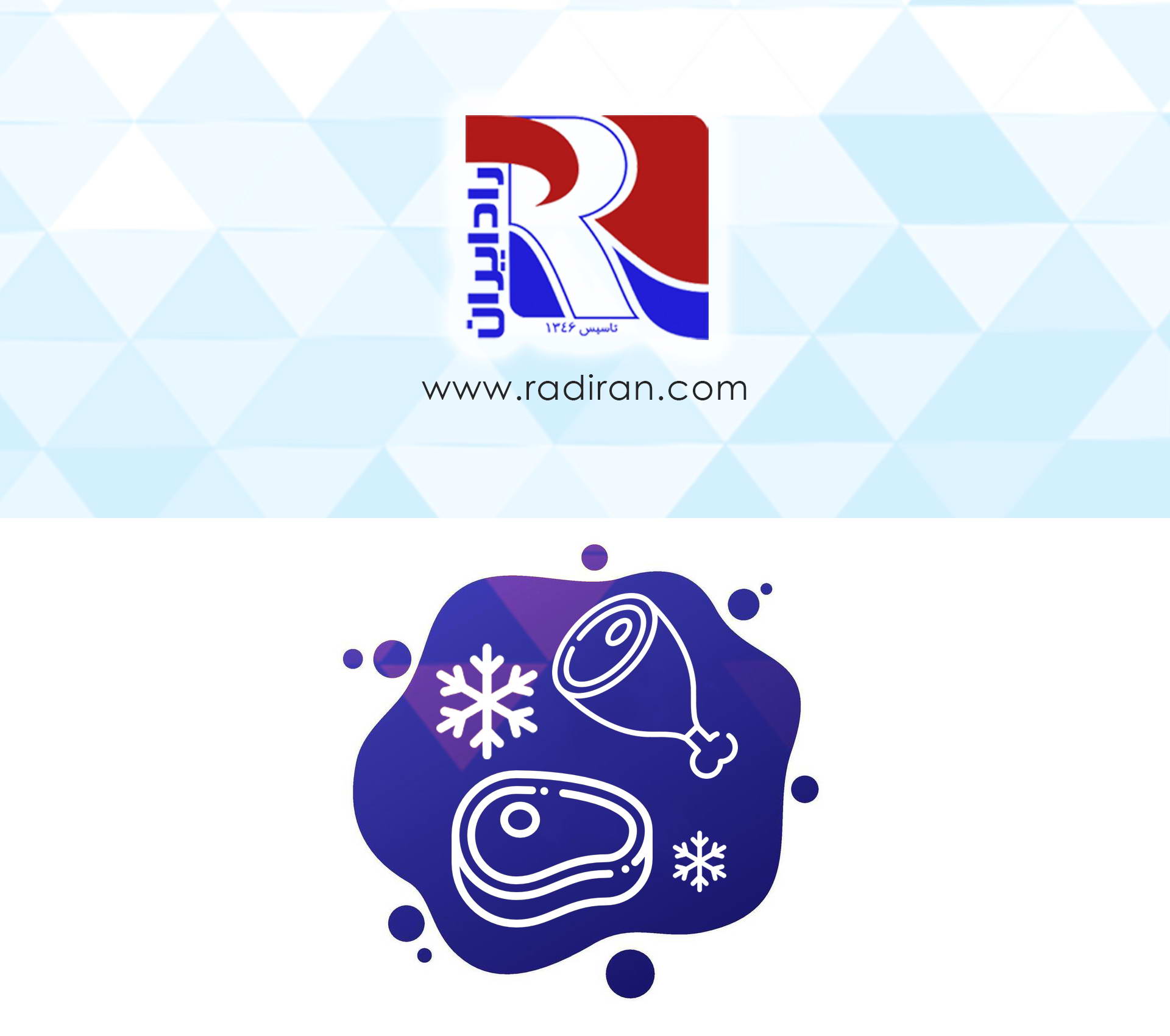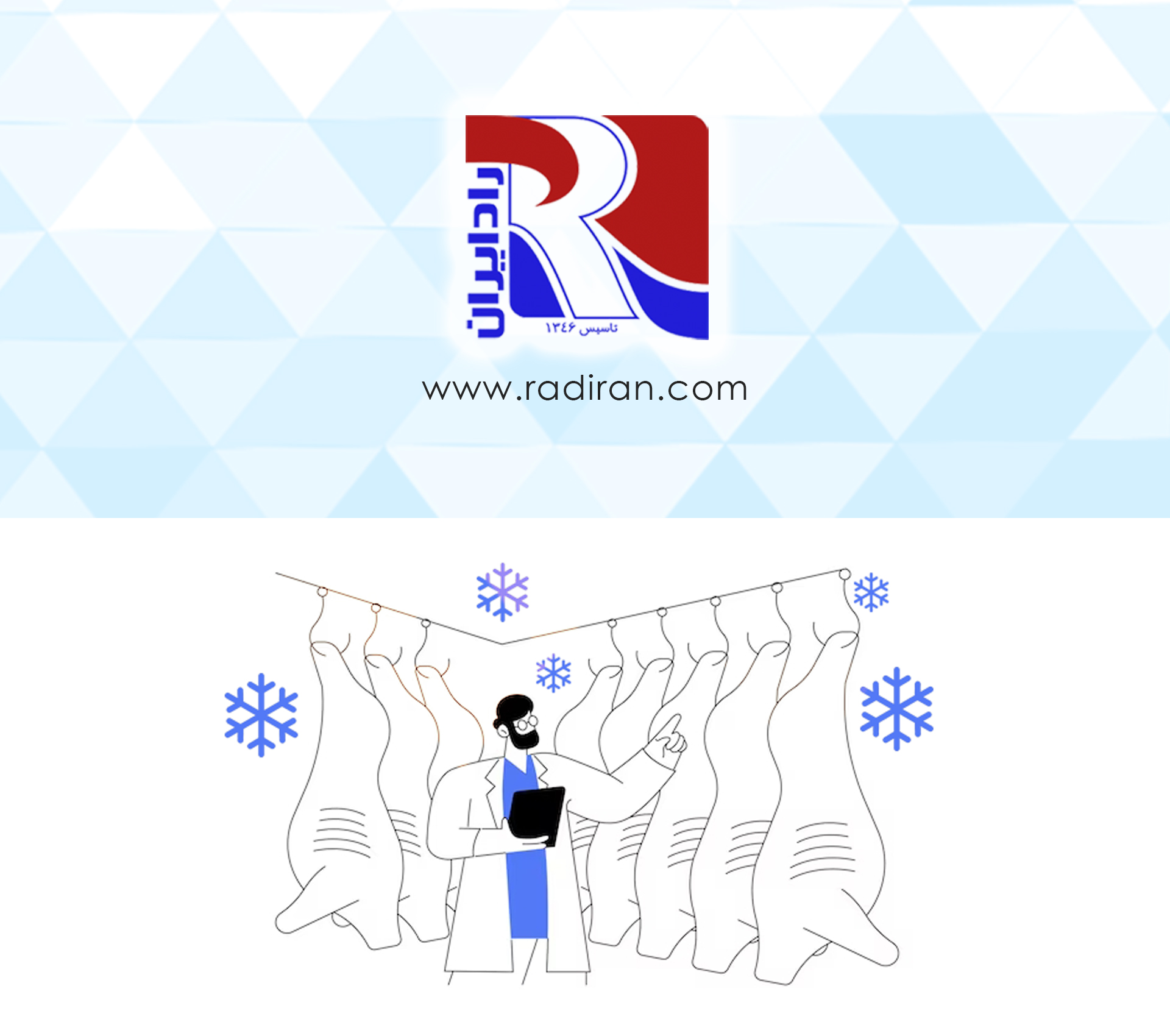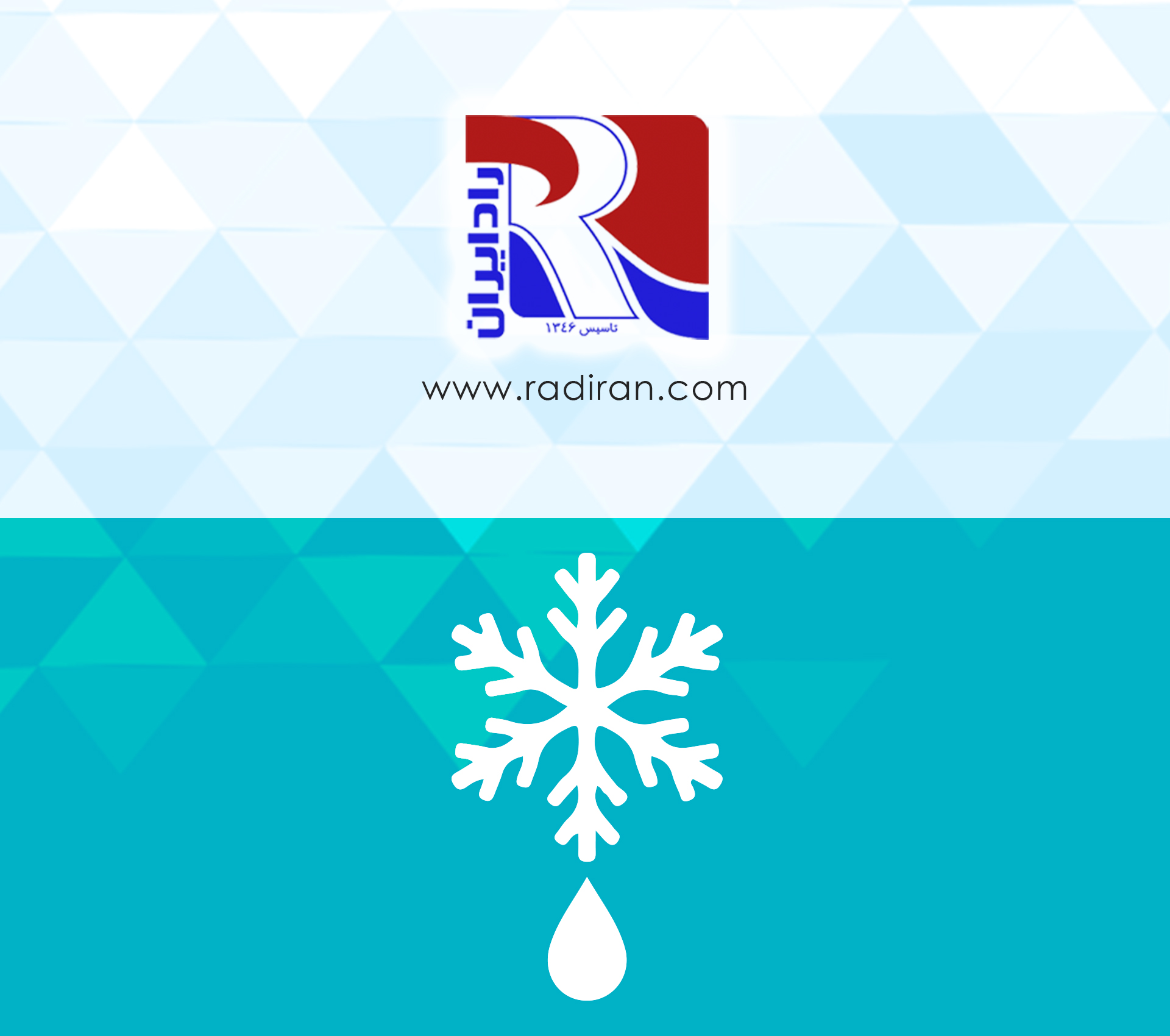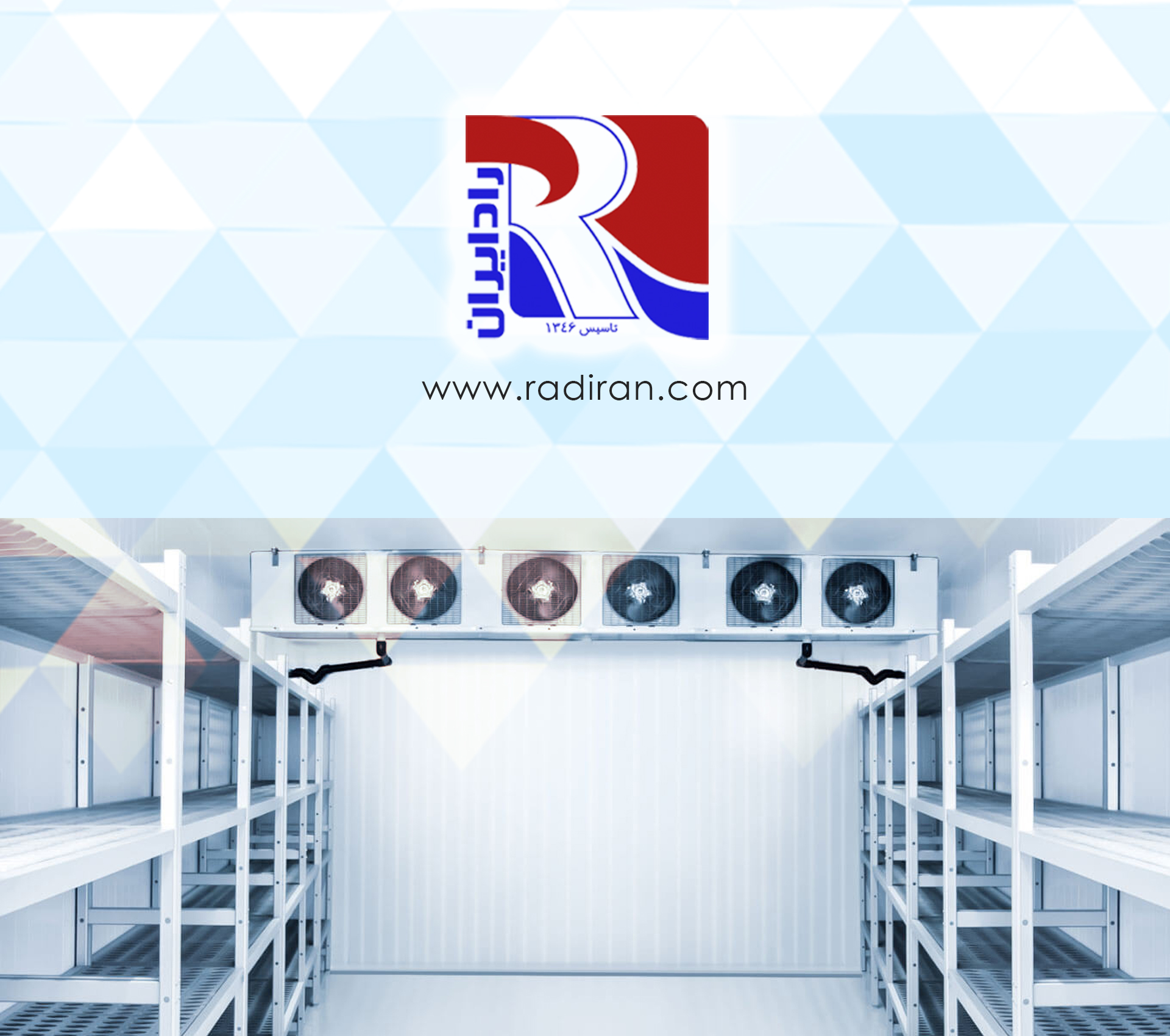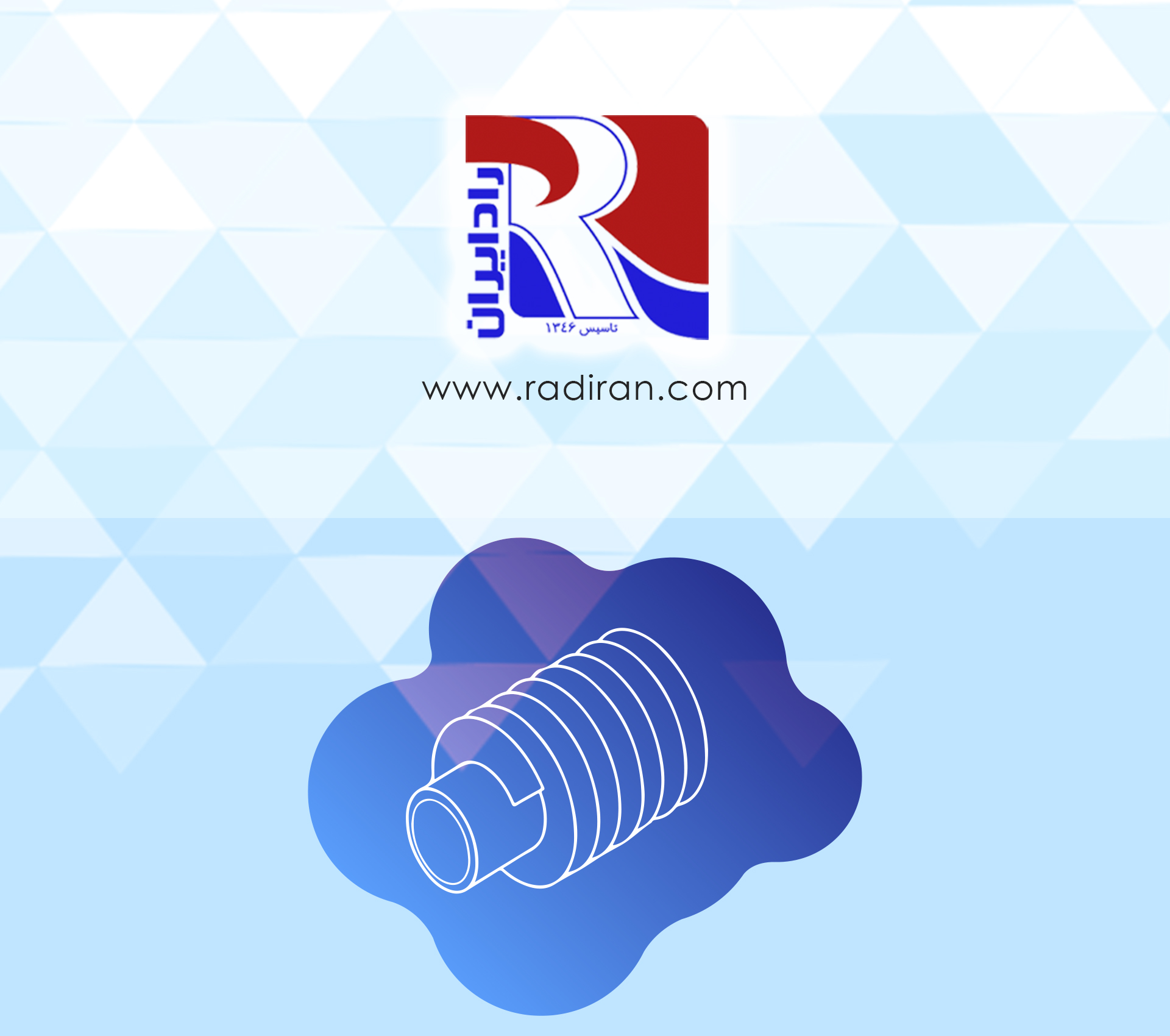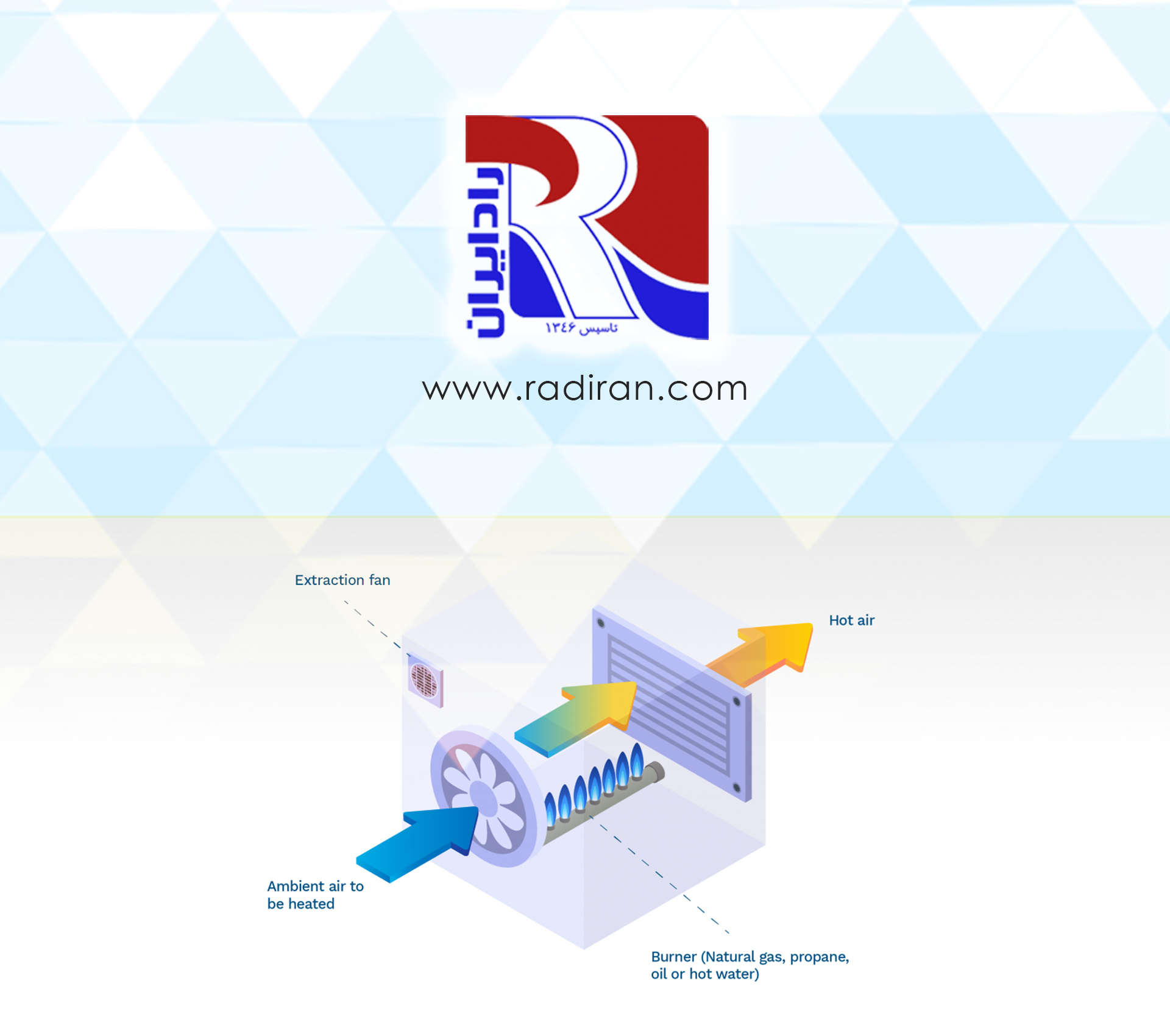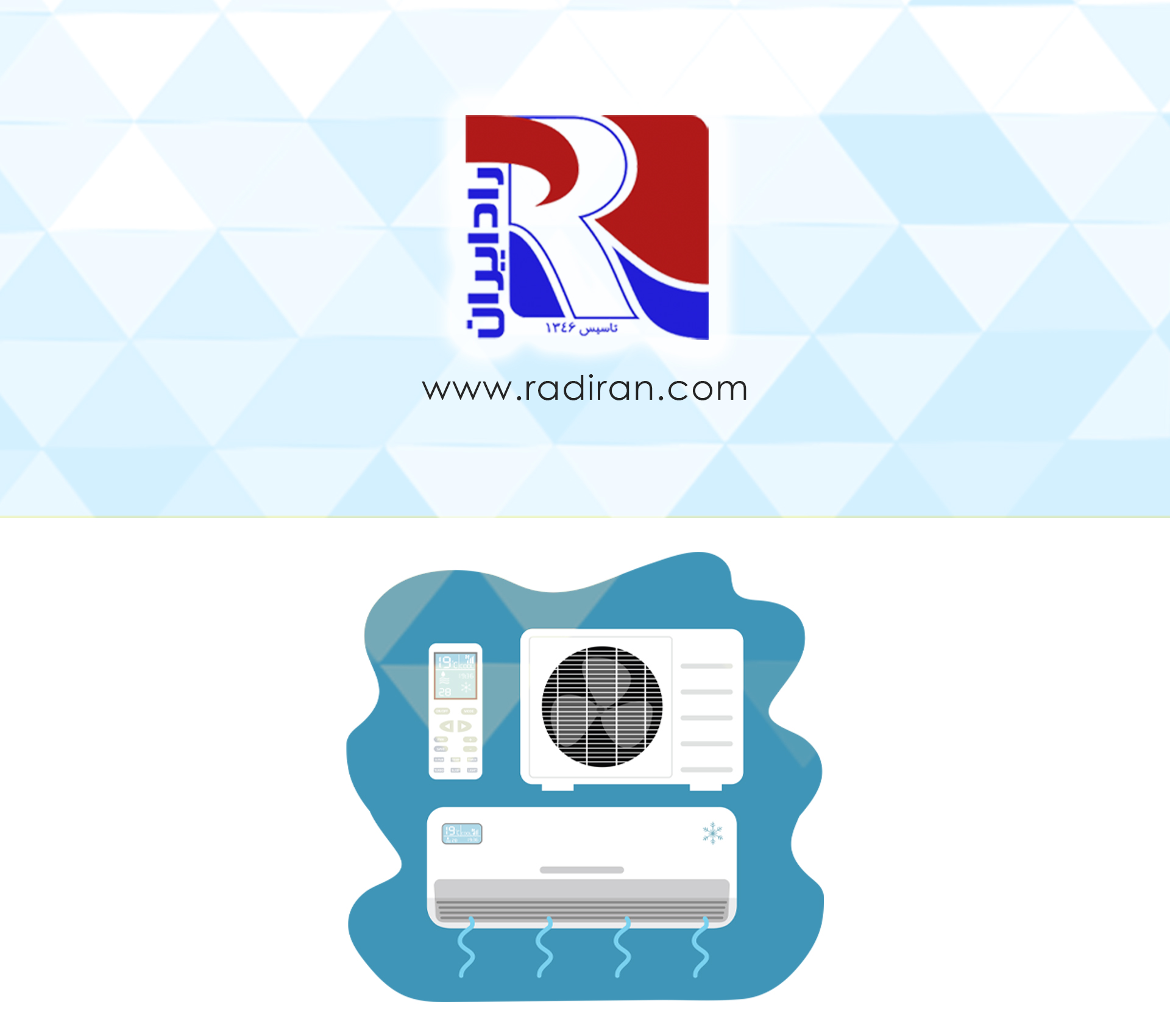Radairan 20,000 CFM Air Handling Unit
The Radairan 20,000 CFM air handling unit is a device responsible for filtering air, controlling air speed, regulating air humidity, and more. Additionally, it is also used for cooling the environment. Therefore, it can be said that the price of the air handling unit is very cost-effective given its numerous applications. Air handling units can be broadly classified into two categories: building air handling units and industrial air handling units. These devices do not differ structurally; they only vary...

